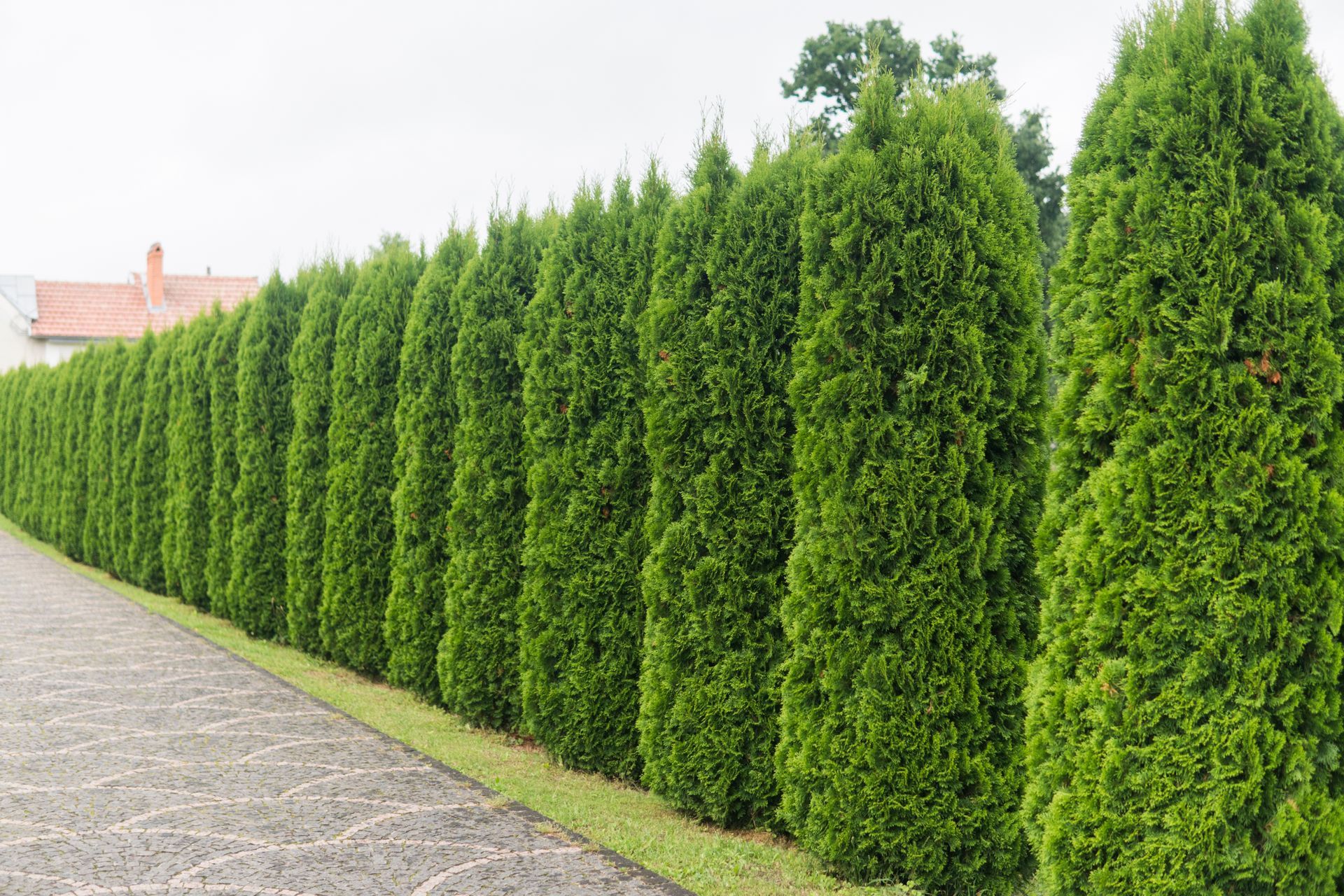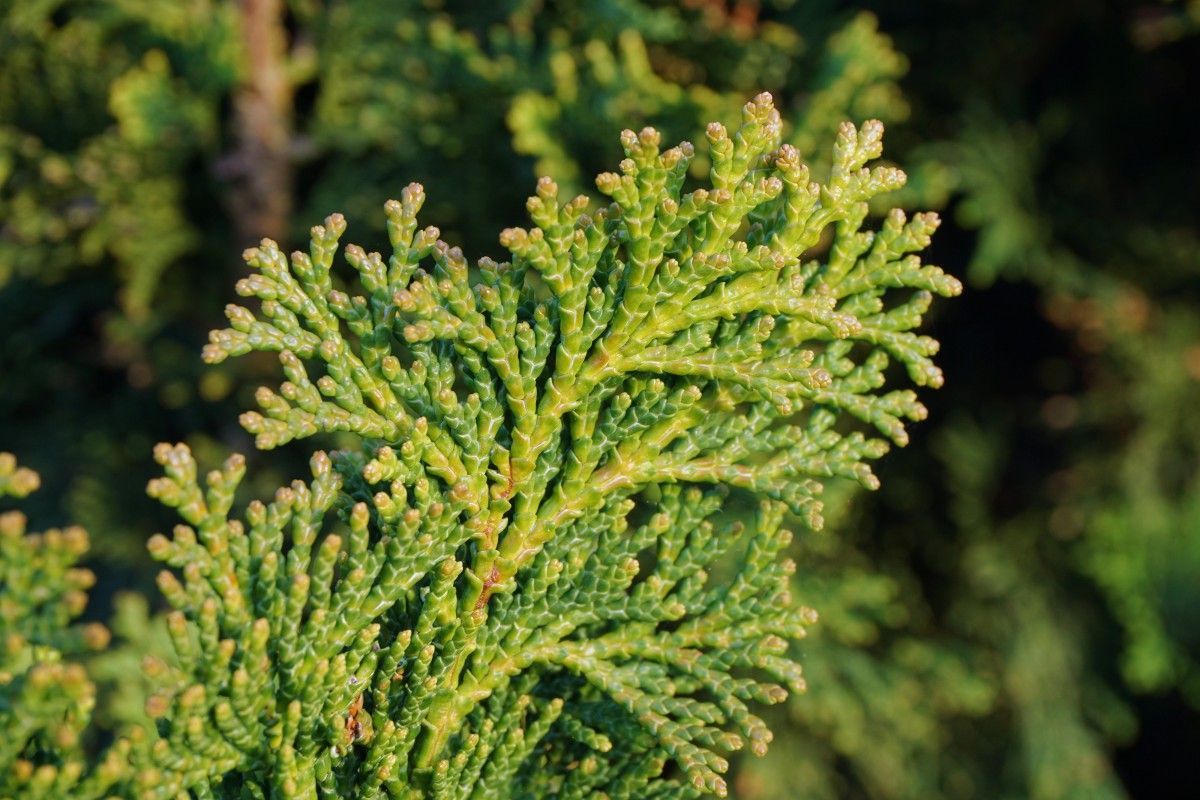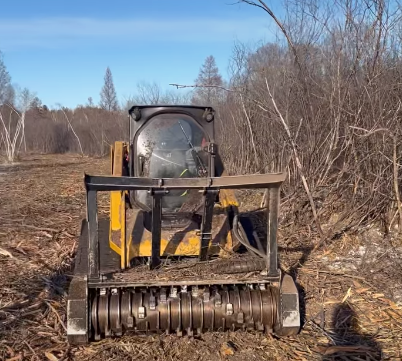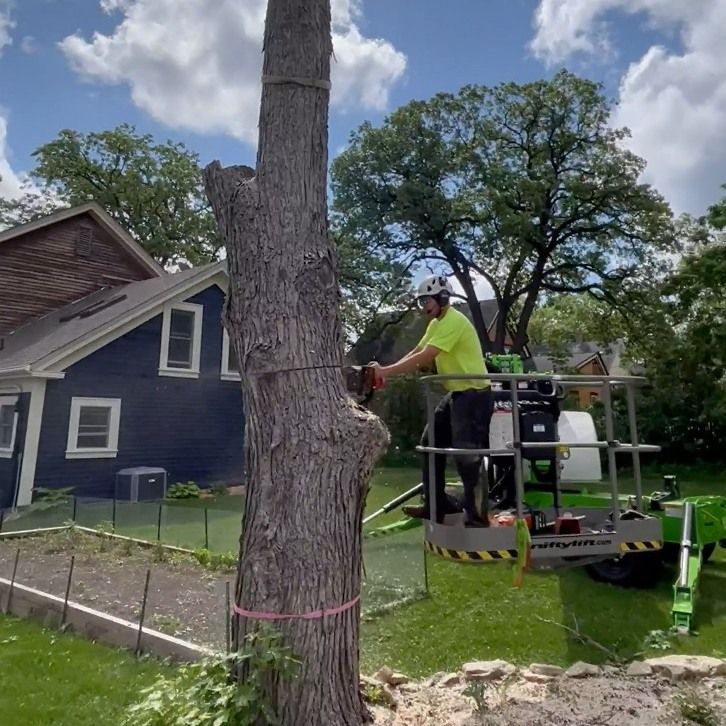
If you're dreaming of adding some lush, evergreen beauty to your yard with arborvitae, you've come to the right place. These hardy trees can offer privacy, wind protection, and a splash of green all year round. Let's dive into how you can make these beauties thrive in our unique Minnesota climate.
Understanding Arborvitae Trees
First off, arborvitae (Thuja spp.) are a group of evergreen trees known for their dense, soft foliage and conical shape. They're a popular choice around here for creating natural fences and adding structure to the landscape. Plus, they're pretty low-maintenance once established. What's not to love?
Why Choose Arborvitae?
- Privacy: Their dense foliage makes them perfect for creating living privacy screens.
- Windbreaks: They can reduce wind speed and protect your property from harsh winds.
- Aesthetic Appeal: With their lush greenery, they add a touch of elegance to any yard.
Selecting the Right Arborvitae Tree
Choosing the right arborvitae for your yard is crucial. You'll want to consider:
- Size and Growth Rate: Make sure you pick a variety that fits your space at its mature size.
- Cold Hardiness: This is key in Minnesota. Look for varieties that can withstand our chilly winters.
Top Picks for Minnesota
- Emerald Green (Thuja occidentalis 'Smaragd'): Compact and cold-hardy, perfect for smaller spaces.
- North Pole® (Thuja occidentalis 'Art Boe'): Resistant to winter burn, making it a great choice for our climate.

Planting Your Arborvitae
When to Plant
The best time to plant arborvitae in Minnesota is in the spring or early fall. This gives them plenty of time to establish roots before the extreme temperatures hit.
How to Plant
- Choose the Right Spot: Arborvitae love full sun to partial shade.
- Soil Prep: They're not too picky, but well-draining soil is a must.
- Digging the Hole: Make it as deep as the root ball and twice as wide.
- Planting: Set the tree in the hole, fill it back in, and water it well.
Caring for Your Arborvitae
- Watering: Newly planted arborvitae need regular watering to help them establish. Once they're settled in, they're pretty drought-tolerant, but don't let them dry out completely.
- Mulching: A layer of mulch helps retain moisture and regulate soil temperature. Just don't pile it up against the trunk—that can invite pests and rot.
- Pruning: Arborvitae generally keep their shape without much help, but you can prune them in early spring if needed. Just don't go too crazy; they don't regrow from old wood.
- Protecting from Winter Damage: Our winters can be tough on arborvitae. Protect them from heavy snow by gently brushing off the snowfall and consider wrapping them in burlap to shield them from windburn.
- Pest and Disease Management: Keep an eye out for common issues like spider mites and bagworms. A healthy, well-cared-for arborvitae is less likely to have problems, but if you spot something, treat it early.
Arborvitae in Landscaping
Arborvitae are incredibly versatile in landscaping. Use them as:
- Privacy Screens: Plant them along the edge of your property for a natural fence.
- Hedges: With regular pruning, they can form a neat, formal hedge.
- Focal Points: A single, well-placed arborvitae can be a stunning centerpiece.
Adding arborvitae to your Minnesota yard can transform it into a private, green oasis, even in the dead of winter. Remember, the key to success with these evergreens is choosing the right variety, planting them properly, and giving them a bit of TLC until they're established. After that, they'll be a low-maintenance addition to your landscape, providing beauty and benefits for years to come. Don't hesitate to
reach out to NWI for your landscaping needs. Happy planting!

Submit A Form:
Get In Touch
We are here to help you take care of your tree care needs. Get in touch with us today to schedule your free consultation!
© 2023 All Rights Reserved | North Woods Industries, LLC | Privacy Policy





